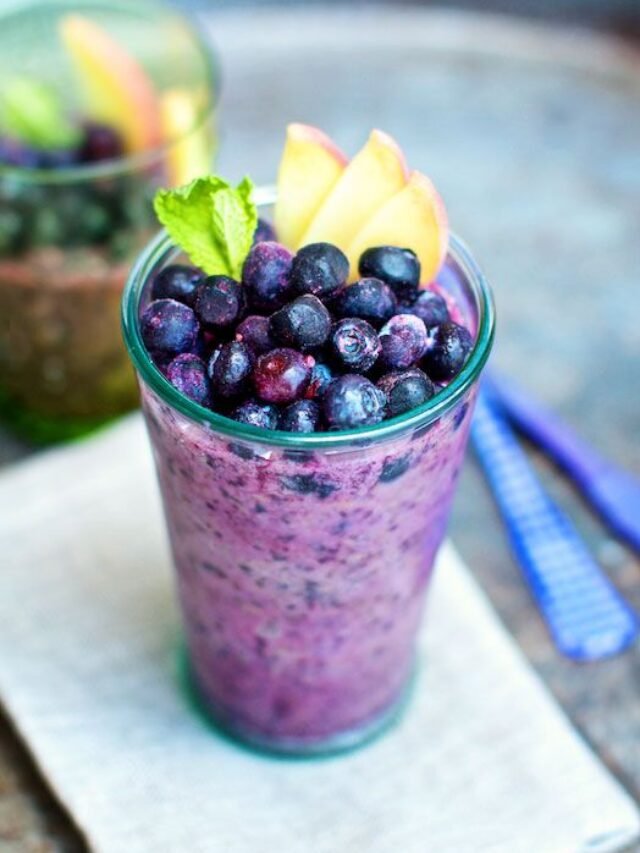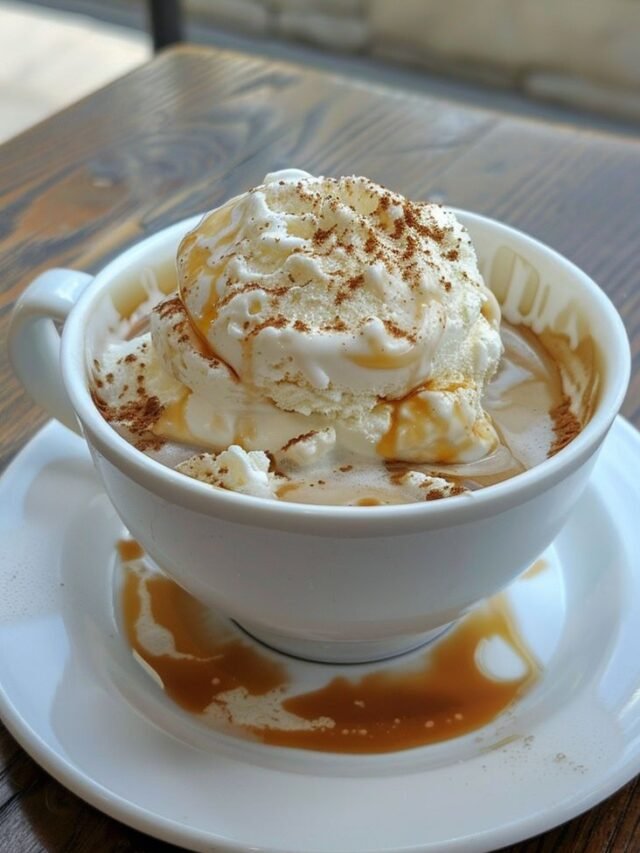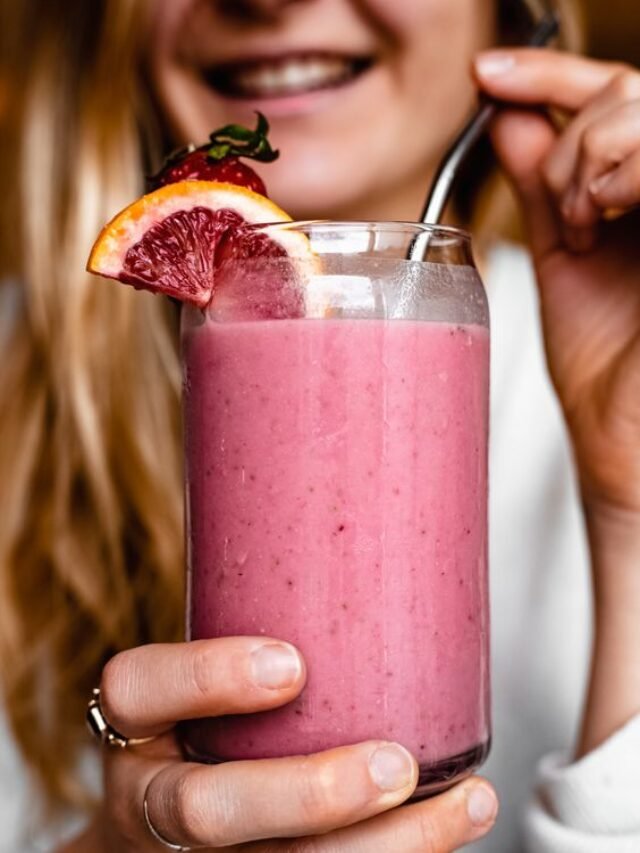Embarking on the journey of homemade root beer sans dry ice unveils a blend of tradition and ingenuity. Root beer, steeped in colonial heritage, beckons with promises of effervescent delight. In this exploration, we navigate a path guided by the keyword “effervescence,” delving into the essence of a beloved beverage. Rooted in history yet embracing modernity, our quest reveals the secrets to natural carbonation and flavor fusion. Join us as we unlock the artistry behind crafting this timeless concoction, where every sip is a tribute to the past and a celebration of the homemade fizz that dances on the palate.
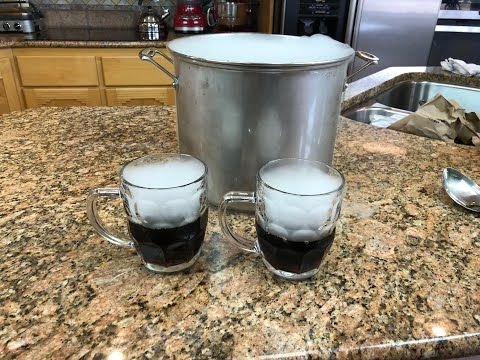
- See More Recipe –
- Vegan Vietnamese Broken Rice
- The Best Ever Vegan Fruit Cake
- Banana Bread Recipe with Sour Cream
- How to make Pineapple upside down cake with cake mix
The Essence of Root Beer: A Historical Reverie
Before delving into the art of crafting homemade root beer, let us first embark on a brief exploration of its origins. Root beer traces its lineage back to colonial America, where settlers drew inspiration from Native American herbal teas to create their own version of a fermented, herbal beverage. Initially brewed as a medicinal tonic, its popularity soared, and by the 19th century, it had become a beloved staple across the nation.
Root beer’s distinctive flavor is derived from a blend of various roots, herbs, and spices. Traditional ingredients include sassafras, sarsaparilla, licorice, birch bark, and anise, among others. These botanicals impart a rich complexity to the beverage, marrying sweetness with earthy undertones and a hint of spice.

The Quest for Effervescence: A Common Conundrum
One of the hallmark characteristics of root beer is its delightful fizz, which tingles the taste buds and enlivens the senses. Achieving this effervescence often involves the use of carbonation, typically through the addition of carbonated water or the infusion of carbon dioxide (CO2) via dry ice. However, for those who prefer to steer clear of dry ice due to safety concerns or accessibility issues, an alternative approach is at hand.
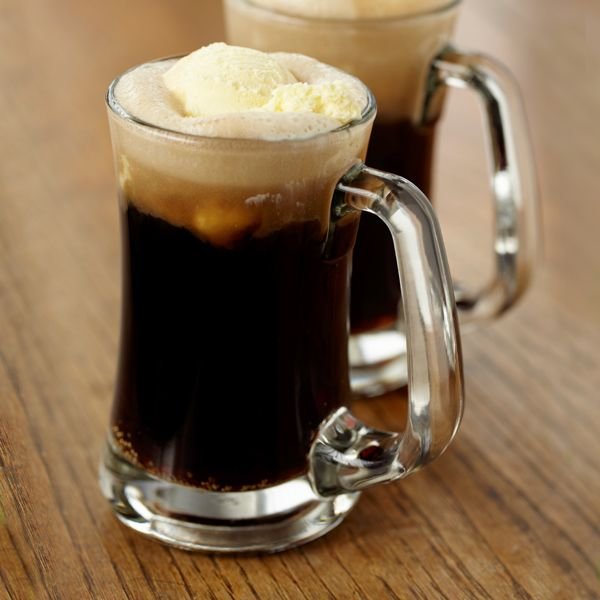
Enter the Yeast: The Secret to Natural Carbonation
The key to crafting homemade root beer without dry ice lies in the magic of fermentation. Instead of relying on CO2 from dry ice, we harness the power of yeast to naturally carbonate the beverage. This process not only imbues the root beer with bubbles but also adds depth and complexity to its flavor profile.
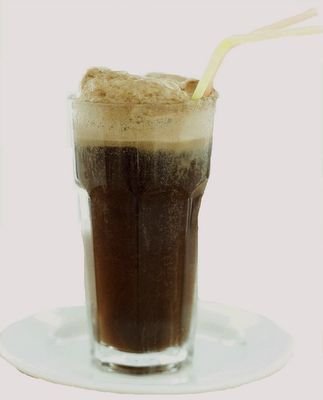
Ingredients:
- Water
- Sassafras root bark
- Sarsaparilla root
- Birch bark
- Licorice root
- Dried wintergreen leaves
- Cinnamon stick
- Chopped ginger
- Molasses
- Sugar
- Active dry yeast
Instructions:
Prepare the Herbal Infusion:
- In a large pot, bring the water to a boil.
- Add the sassafras root bark, sarsaparilla root, birch bark, licorice root, wintergreen leaves, cinnamon stick, and chopped ginger to the boiling water.
- Reduce the heat and simmer the mixture for 30 minutes, allowing the roots and herbs to infuse their flavors into the water.
Strain the Liquid:
After 30 minutes, remove the pot from the heat and strain the liquid through a fine-mesh sieve or cheesecloth, discarding the solids.
Sweeten the Mixture:
Return the liquid to the pot and stir in the molasses and sugar until dissolved.
Cool the Mixture:
Allow the mixture to cool to room temperature.
Activate the Yeast:
Once cooled, sprinkle the active dry yeast over the surface of the liquid and let it sit for 10-15 minutes to activate.
Bottle the Root Beer:
Transfer the root beer mixture to clean, sterilized bottles, leaving about an inch of headspace at the top of each bottle.
Seal the Bottles:
Seal the bottles tightly.
Fermentation:
Store the bottles in a cool, dark place for 2-3 days to allow the yeast to carbonate the root beer.
Refrigerate:
After 2-3 days, refrigerate the root beer to halt the fermentation process and chill it to your desired serving temperature.
Serve and Enjoy:
Serve the homemade root beer over ice and enjoy its effervescent goodness.
Frequently Ask Question –
How do you carbonate homemade root beer?
Homemade root beer is carbonated naturally by adding active dry yeast to the brewed mixture. The yeast consumes sugars, producing carbon dioxide as a byproduct, which infuses the beverage with bubbles during fermentation. Refrigerating the root beer afterward halts fermentation, preserving its effervescence.
What is the best yeast for homemade root beer?
The best yeast for homemade root beer is active dry yeast. This type of yeast is readily available, easy to use, and produces consistent results. It consumes sugars during fermentation, creating carbon dioxide to naturally carbonate the root beer, imparting a pleasant fizz to the final beverage.
How is real root beer made?
Real root beer is made by brewing a mixture of roots, herbs, spices, and sweeteners in water. This infusion is simmered to extract flavors, then sweetened and sometimes fermented with yeast for natural carbonation. The result is a complex, effervescent beverage that embodies tradition and craftsmanship.
How to make Homemade Root Beer Without Dry Ice

Homemade Root Beer Without Dry Ice
Ingredients
- 2 gallons of water
- 1 cup of sassafras root bark
- 1 cup of sarsaparilla root
- 1 cup of birch bark
- ½ cup of licorice root
- ¼ cup of dried wintergreen leaves
- 1 cinnamon stick
- 1 tablespoon of chopped ginger
- 1 cup of molasses
- 2 cups of sugar
- ¼ teaspoon of active dry yeast
Instructions
- In a large pot, bring the water to a boil.
- Add the sassafras root bark, sarsaparilla root, birch bark, licorice root, wintergreen leaves, cinnamon stick, and chopped ginger to the boiling water.
- Reduce the heat and simmer the mixture for 30 minutes, allowing the roots and herbs to infuse their flavors into the water.
- After 30 minutes, remove the pot from the heat and strain the liquid through a fine-mesh sieve or cheesecloth, discarding the solids.
- Return the liquid to the pot and stir in the molasses and sugar until dissolved.
- Allow the mixture to cool to room temperature.
- Once cooled, sprinkle the active dry yeast over the surface of the liquid and let it sit for 10-15 minutes to activate.
- Transfer the root beer mixture to clean, sterilized bottles, leaving about an inch of headspace at the top of each bottle.
- Seal the bottles tightly and store them in a cool, dark place for 2-3 days to allow the yeast to carbonate the root beer.
- After 2-3 days, refrigerate the root beer to halt the fermentation process and chill it to your desired serving temperature.
- Serve the homemade root beer over ice and enjoy its effervescent goodness.
Video
Nutrition Facts
| Sodium 9mg | 0% |
| Total Carbohydrate 75g | 27% |
| Total Sugars 75g | |
| Calcium 10mg | 1% |
| Potassium 5mg | 0% |
conclusion
In the pursuit of homemade root beer sans dry ice, we’ve embraced tradition and innovation, crafting a beverage that captures the essence of yesteryears while adapting to modern techniques. From simmering a medley of roots and spices to coaxing natural carbonation from yeast, each step has been a labor of love, culminating in a concoction that tantalizes the taste buds and warms the soul. As we raise our glasses to toast to tradition and creativity, let us savor the fruits of our labor—a testament to the timeless appeal of homemade root beer and the joy found in crafting simple pleasures from scratch. Cheers to homemade bliss!



